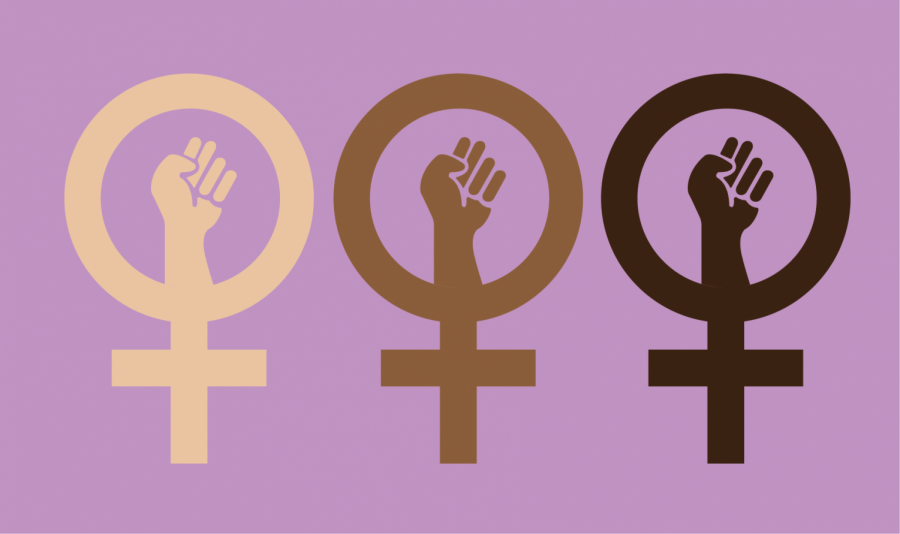The F word.
In this blog, I will provide some information on the Feminist movement and my personal experience with it.
Feminism is the belief in the social, economic, and political equality of sexes. It originated in the 19th century in the western world and now is manifested worldwide. There have been clear three waves of feminism and scholars believe that society is currently in the fourth wave of feminism.
The first feminist campaign, first-wave feminism, began in the mid-1800s and was focused on women’s suffrage, family rights, and the right to higher education. The second wave of feminism in the 1960s and 70s aimed at ending gender segregation in higher education, challenge job, and wage discrimination, make marriage and family law gender-neutral and give women control over their bodies in terms of sex and reproduction. The third wave of feminism in the mid-1990s took a broader approach. It attacked gendered norms such as gender binary and heteronormativity, and it reaffirmed its concern with peace, environmental protection, child health, and public education. The third wave feminism advocated for intersectional feminist activism, meaning advocating for different kinds of men and women.
I believe that for the longest time there has been a stereotype of who feminists are and what they represent. People believed and still believe that feminists are ugly, uptight, angry women that are upset with the world. We disregard that there are different types of feminist and feminisms. There are separatist feminists who want nothing to do with men, feminists who are men, a feminist who try to gain incremental gains, and feminists that are more radical. They are all aiming for equality between sexes, but they have a slightly different way of approaching the issue.
For the longest time, when I would argue about abortion rights, LGBTQ+ rights, and more, and people would ask me if I was a feminist and I would always say no because the image of feminists that I had in my head was not how I viewed myself. However, now that I reflect on my beliefs, I am a feminist. I am someone that believes that everyone in society, no matter the age, gender, sexual orientation, race, class, and more, should have equal or fair opportunities in life.
As much as I believe in feminism, the feminist agenda does not accommodate people of color, more specifically, women of color. Kimberlé Crenshaw, an American Lawyer, civil rights advocate, philosopher, and self-proclaimed feminist has pointed out the intersectionality that women of color face that the feminist agenda does not take into consideration. Generally, feminism focuses on the issues of white, middle-class women; black women, Latina women, Native American women, Asian women, and more, do not have the same life experiences as white women. These women are pulled by two forces, racism and patriarchy, making them at a higher disadvantage than white women.

As much as the movement has made significant progress towards equality, adjustments must be made in the policies and rhetoric that is employed to ensure that women of all backgrounds are included.
Below are the sources used in this post:
Gender: Ideas, Interactions, Institutions (Second Edition) by Lisa Wade
Mapping of Margins by Kimberlé Crenshaw
It’s sad that our society has developed for so many years yet it cannot accept men and women as equal. What feminism preaches for is essentially equality – something that is ever so clearly mentioned in our constitution as one of our key principles. The world needs to understand the mistakes it has made regarding the unequal treatment of women in society, and learn from those mistakes to make the world a better, more equal place for everyone.